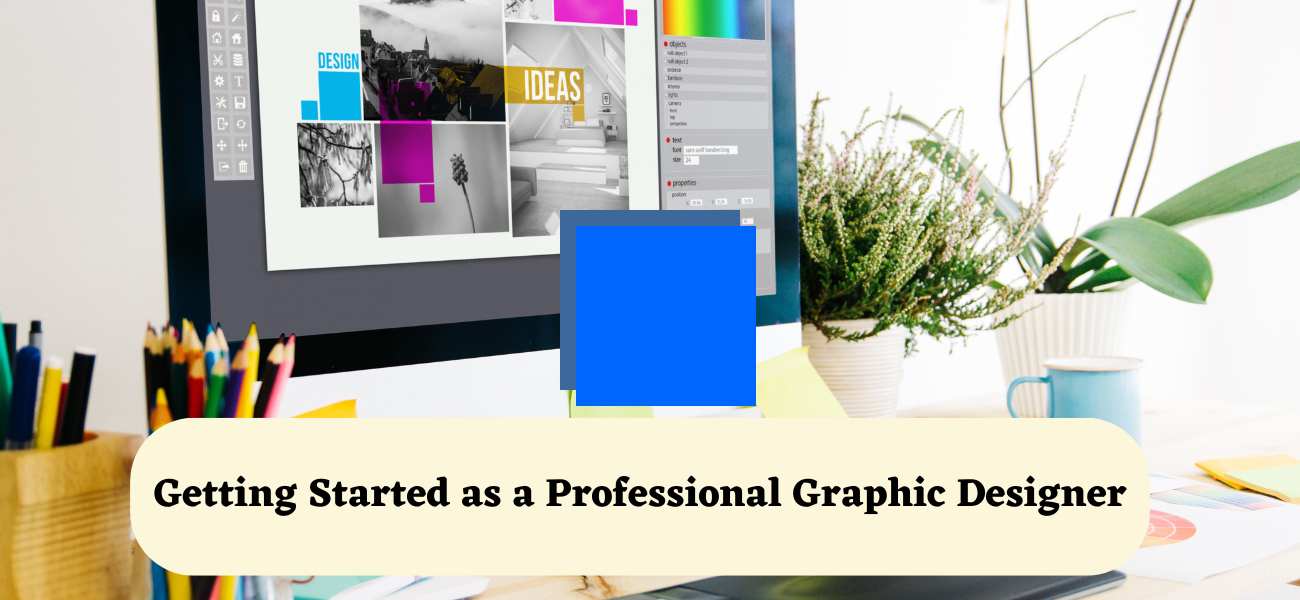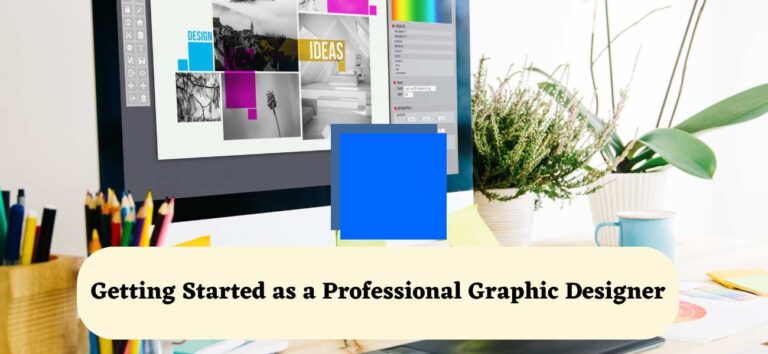Getting Started as a Professional Graphic Designer: Where to Begin. Lets Start…

Table of Contents
Some Key Points
Build a strong portfolio: As a graphic designer, your portfolio is your most valuable asset. It showcases your skills and abilities to potential clients and employers. Start by gathering your best work and organizing it in a cohesive, professional manner.
Develop your design skills: In order to succeed as a professional graphic designer, you need to have strong technical skills. Consider taking courses or workshops to improve your knowledge of design software and techniques.
Network with other designers: Building connections with other designers can open up opportunities for collaborations, mentorship, and job leads. Join design organizations and attend industry events to meet and network with other professionals.
Learn about the business side of design: As a professional graphic designer, you will need to be able to manage your own business, including marketing, pricing, and contracts. Consider taking courses or attending workshops to learn about the business side of design.
Start freelancing or interning: Once you have a strong portfolio and basic business skills, consider starting your own freelance design business or interning with a design firm. This will give you real-world experience and help you gain exposure to potential clients and employers.
Introduction Professional Graphic Designer
As a professional graphic designer, We should have extensive experience in creating visual solutions to communicate ideas and messages effectively. We should have a strong understanding of design principles and have a keen eye for detail. We should be skilled in using industry-standard design software, such as Adobe Photoshop, Illustrator, and InDesign, to create visually appealing designs that meet the needs of my clients.
We should be highly creative and have a passion for design. We should have worked on a wide range of projects, including branding, packaging, print materials, and digital media. We should have a strong portfolio that showcases my skills and abilities.
We should be a team player and work well with others to achieve common goals. We should also able to work independently and manage my own projects from start to finish. We should dedicated to delivering high-quality work that meets the expectations of our clients.
Overall, We should be a skilled and dedicated professional graphic designer who is committed to creating visually appealing designs that effectively communicate ideas and messages.
What You Need to Know About the Fundamentals of Graphic Design
- Graphic design is the process of visually communicating ideas and information through the use of typography, color, imagery, and other design elements.
- Graphic designers use a variety of software programs, such as Adobe Photoshop and Illustrator, to create their designs.
- Graphic design principles, such as hierarchy, balance, and contrast, are important for creating effective and aesthetically pleasing designs.
- Graphic designers often work with clients to understand their goals and develop designs that meet their needs and objectives.
- A strong portfolio is essential for graphic designers to showcase their skills and abilities to potential clients and employers.
- A degree in graphic design or a related field is not always necessary, but can be helpful for gaining technical skills and knowledge.
- Graphic designers must be able to adapt to the constantly changing technology and design trends in the field.
- Graphic design is used in various industries, including advertising, marketing, publishing, and web design.
- Graphic designers must be creative, detail-oriented, and able to effectively communicate their ideas to clients and colleagues.
- The demand for skilled graphic designers is expected to continue to grow, making it a promising career path for individuals interested in the field.
Design Principles and Ideation: Tips to Create Stunning Designs
- Keep it simple: Simplicity is key in design. Avoid adding unnecessary elements or clutter to your design.
- Use contrasting colors: Using contrasting colors can help draw the eye to important elements and create a visually appealing design.
- Use hierarchy: Use different font sizes, colors, and styles to create hierarchy and guide the viewer’s eye to the most important elements in your design.
- Use negative space: Negative space, or the empty space around elements, can create balance and emphasis in your design.
- Experiment: Don’t be afraid to try out different ideas and concepts in your design. Experimentation can lead to unique and stunning designs.
- Research: Research similar designs and industry trends to gain inspiration and stay up-to-date in your design field.
- Be consistent: Consistency in design elements such as color, font, and layout can create a cohesive and professional look.
- Test and iterate: Test your design with different audiences and gather feedback to improve and iterate on your design.
- Tell a story: Design can be used to tell a story and engage the viewer. Consider incorporating storytelling elements into your design.
- Keep it functional: While aesthetics are important, a design should also serve its intended function and be user-friendly.
Overview of UX and UI design
UX (user experience) design focuses on creating a positive and intuitive experience for the user when interacting with a product or service. This involves understanding the user’s needs and goals, and designing the product or service in a way that is easy to use and satisfies those needs.
UI (user interface) design, on the other hand, focuses on the visual design and layout of the product or service. This includes choosing the right color scheme, fonts, and other visual elements that will make the product or service attractive and easy to use.
Both UX and UI design are important for creating successful products and services, as they work together to ensure that the user has a positive experience.
Conclusion on Professional Graphic Designer
A professional graphic designer is a highly skilled and experienced creative professional who specializes in creating visually appealing and effective designs for a wide range of applications, including logos, advertisements, packaging, branding, websites, and more.
They are proficient in using design software and have a deep understanding of design principles and techniques, as well as a keen eye for detail and a passion for creating visually striking and impactful designs.
Professional graphic designers play a crucial role in helping businesses and organizations stand out and communicate their message effectively through compelling and engaging visual design.



